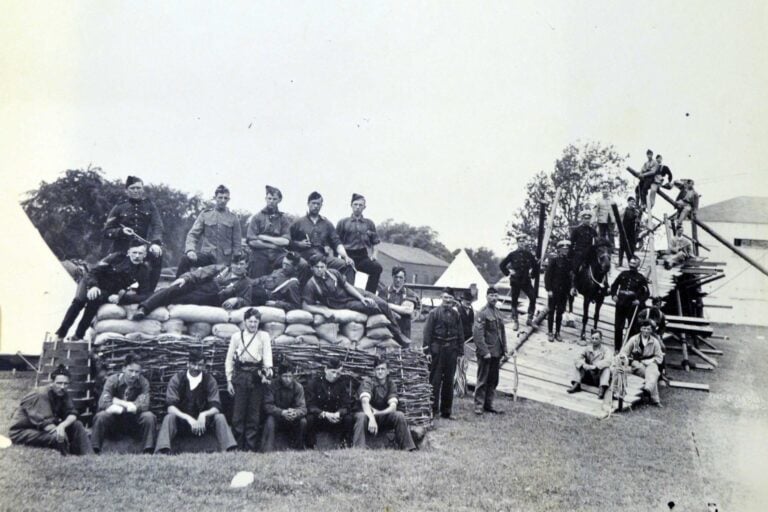Did you know that, on a hot day, a mature shade tree can take up as much as 100 gallons of water per day? Wow, and I thought that I was drinking a lot of water these last few weeks.
Most of us attempt to water our plants as we are rushing out the door in the morning on the way to work or whatever activity.
If the plant is lucky, it may receive a quick 20- to 30-second spritz, a friendly pat on its leaf and bee left to fend for itself for the rest of the long, hot day. If we didn’t have time in the morning, often we are trying to revive the wilting plants in the evening.
Roots are the part of the plant that we see the least of, but they play a vital role. Each root is covered in billions of tiny hairs that are designed to aid water uptake.
The water travels up through the roots then to the rest of the plant, carrying the necessary minerals with it.
So that the leaves don’t swell up, the water evaporates from them through the stomata, tiny openings (pores) in the leaves. Making sure that the plant has enough water is critical to its well-being.
USE SOAKER HOSES
We typically see people watering plants by spraying water from the hose up into the air and giving the leaves a refreshing shower. As lovely as that looks, it really isn’t doing the plant any good.
Although it is true that the plant can absorb some moisture through the stomata found on the underside of the leaf, the majority of the water needs to be absorbed by the roots of the plant.
The water sprayed on the leaves will quickly evaporate and will not have a chance to be absorbed. Even spraying cold water on hot leaves in the heat of the day can cause scorching on the leaves.
Think of it this way: if you were out in the hot sun, working and perspiring, it may feel great for someone to spray you with water, but that will never rehydrate you. You must be drinking water to get hydrated.
Same with your plants. So, always water at the base of your plants.
A soaker hose, on the other hand, has many small perforations along it. When the hose is turned on, the water will slowly drip from the holes right into the soil.
Make sure you leave the hose running slowly for a longer period, allowing the water to penetrate deeper into the soil. (Because of different soil types, it is difficult to know how long to water for, but if you are using a soaker hose, you should be letting it run in one area for a minimum of one to two hours.)
When you water quickly every day, the moisture is most likely only going into the ground an inch or two. This may be enough to keep your annuals going, but not enough to keep shrubs and trees alive.
A good way to see how much you need to water is to dig into the soil after you have watered and see how far you must go down before hitting dry soil.
Watering slowly, less frequently, but for a longer periods of time will encourage a stronger, deeper root system.
COLLECT RAINWATER
Rainbarrels have long been one of the best ways to capture rainwater off your roof, either through the downspouts or with the use of a rain chain.
When you think about it, so much of the rain that we receive ends up going straight down the storm drains and then the water utility sells it back to us, resulting in high water bills each summer.
Why not capture some of this water and use it for the garden? Make sure that your rainbarrel is sitting on a solid base such as cinder blocks.
Raising the barrel up on blocks lets gravity increase the pressure. You may want to connect a second barrel to the first as an overflower option. Make sure your barrel has a spigot that you can attach a hose or soaker hose to.
WATER EARLY IN THE MORNING
It is best to water early morning when conditions are slightly cooler so that less water will evaporate. By keeping the leaves dry at night, you will lower the chance of different diseases such as powdery mildew and black spot.
Applying sufficient water in the morning will mean less stress on your plants during the heat of the day.
INSTALLING NEW PLANTS
When putting in new plants in the summer, it is best to pour water into the planting hole and let it drain through before placing the rootball into the hole.
This way the roots will have moisture right at their tips. Once planted, you can also build a ridge of soil around the edge of the rootball, creating a moat.
This way, when you water, the ridge of soil will stop the water from running off and filtrate into the soil right at the rootball itself.
Remember, a well-watered plant is a happy plant.
Joanne Young is a Niagara-on-the-Lake garden expert and coach. See her website at joanneyoung.ca.










